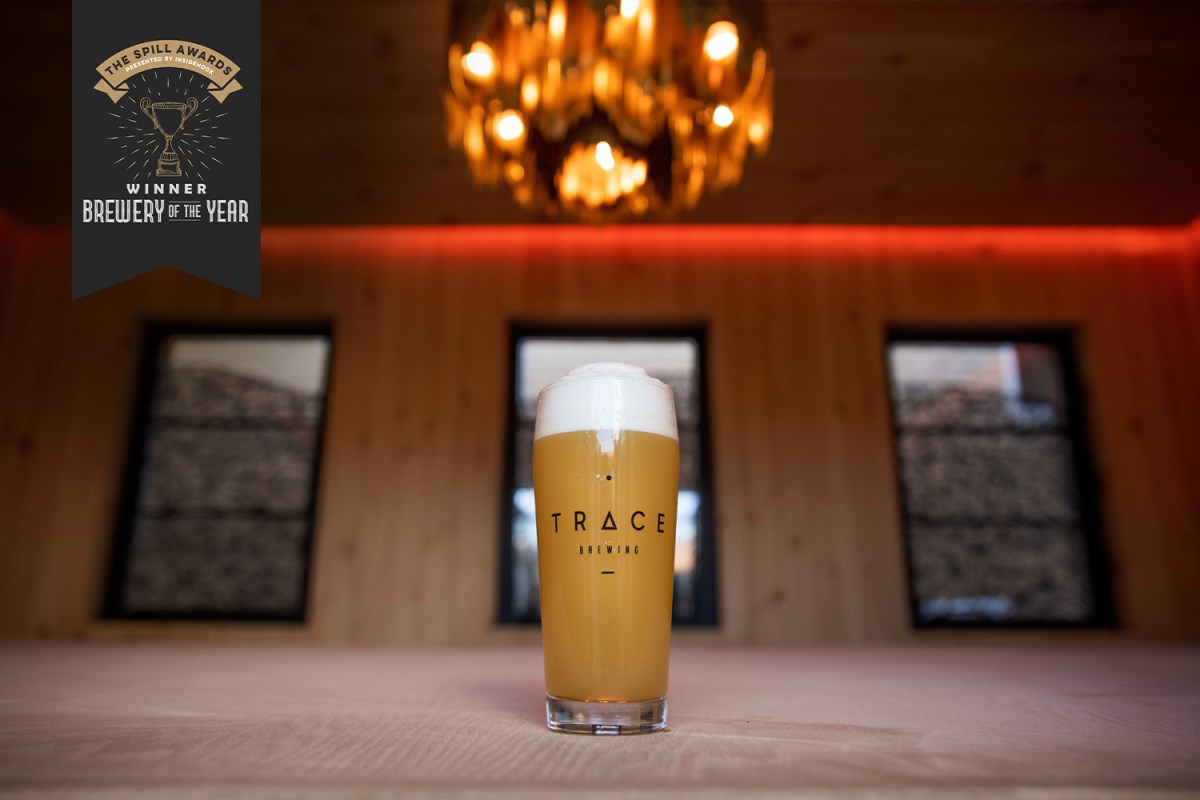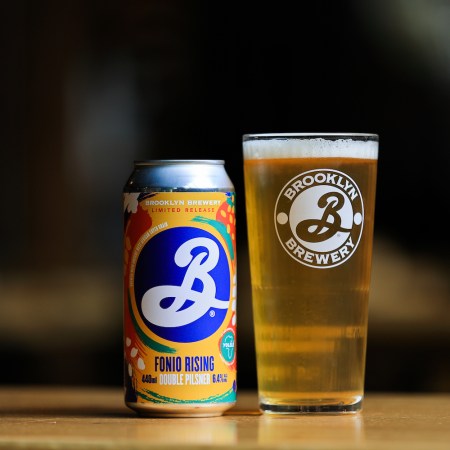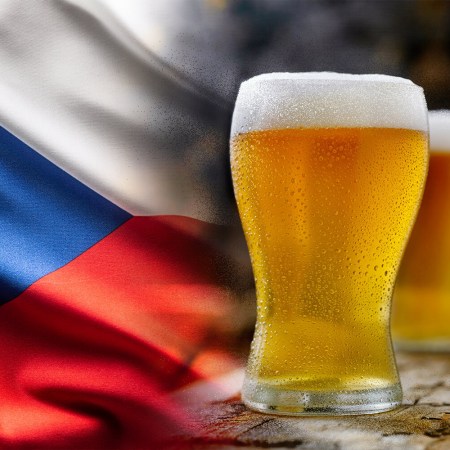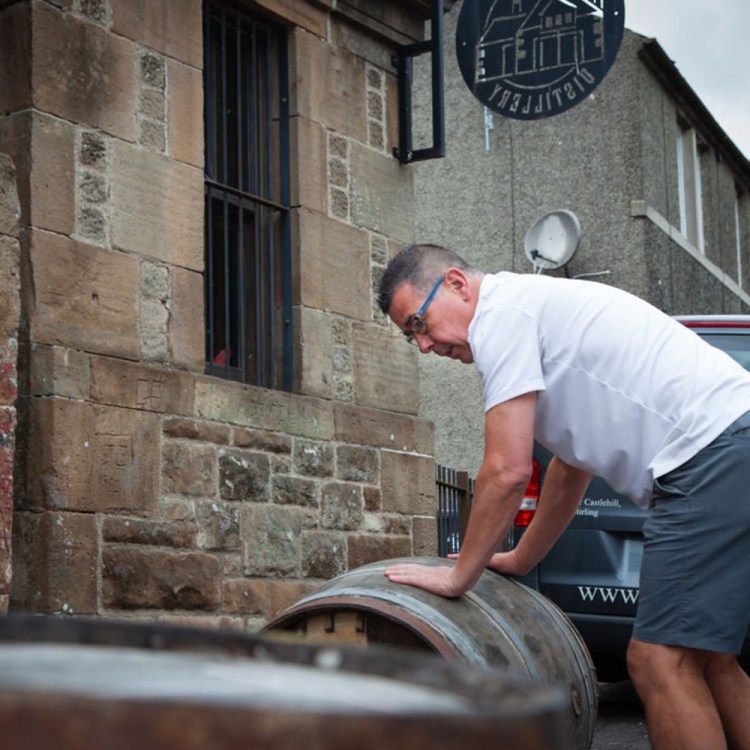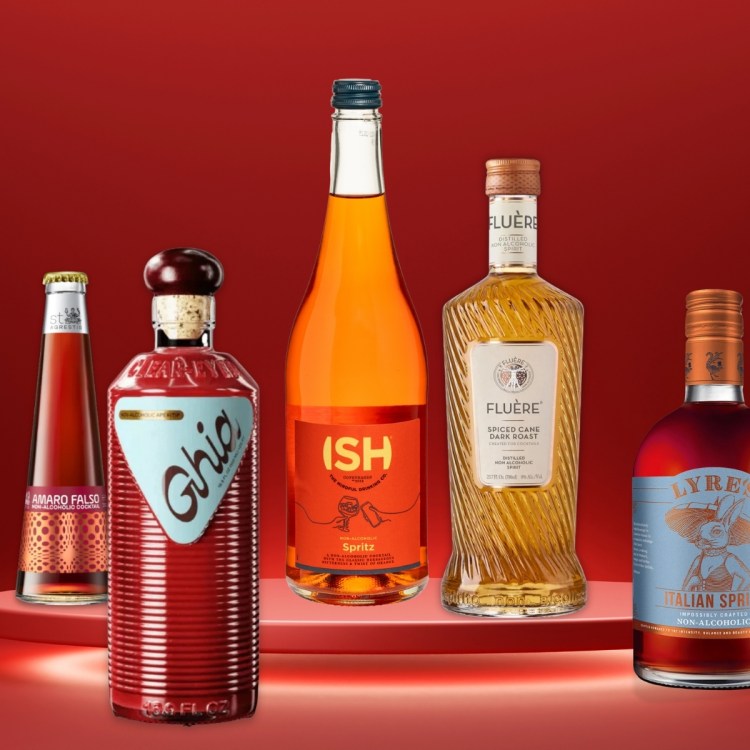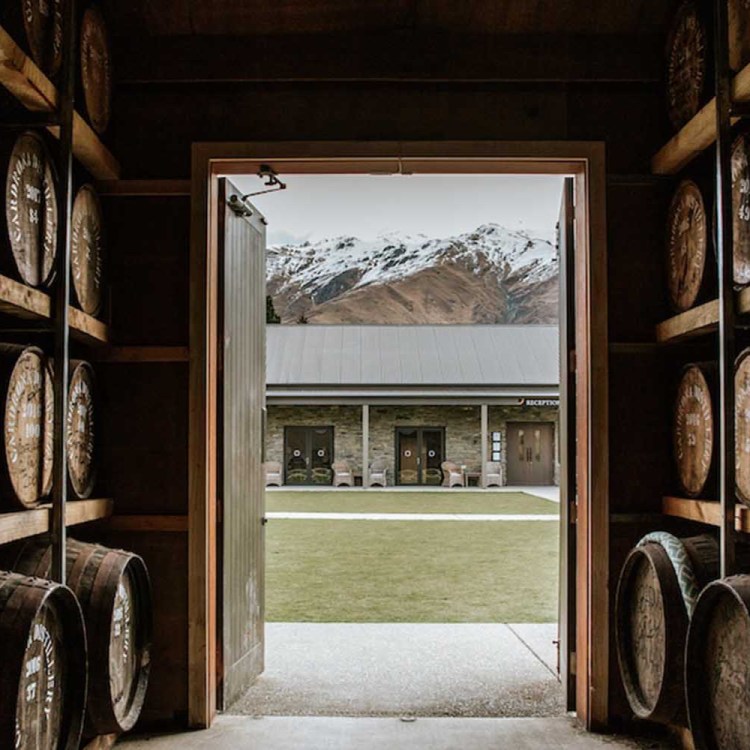Welcome to the The Spill Awards, celebrating the best in drinks for 2023. While you’re reading, please take a moment to subscribe to our spirited newsletter, The Spill.
The metrics for naming a “brewery of the year” have changed with the shifting stages of craft beer’s three decades. In the 1990s, it might have been about who was innovating with new styles or taking obscure traditions mainstream. In the aughts, who was pushing the hops envelope as far as it could go. In the teens? Expansion, especially in the later years of the decade — who’s churning out impressive numbers in both depth and breadth, and who’s getting beer on shelves across the widest geographic spread. In the few weird years of peak pandemic, “brewery of the year” was often linked to that now-ick word, “pivot.” But 2023 was a turning point. Consumer habits and preferences have changed, the once boundless growth of American breweries has reached an inflection point, the oversaturation in the marketplace is suffocating, and new products like ready-to-drink cocktails have made an enormous entrance. Plus, boiling-over tensions in craft beer over the last few years have brought the industry’s most urgent pain points to the surface: its lack of diversity, and its dearth of meaningful equity and often even safety in the workplace.
So, what does a “brewery of the year” look like in 2023? It looks like a brewery that has figured out its strengths and doesn’t chase endless growth at the cost of all else, including employee welfare. It looks like a brewery that focuses on making good beer and on its physical space, on being a welcoming local destination. It looks like a brewery that contributes positively to its community. It looks like a brewery that actively fuels improvement in the industry’s diversity, equity and inclusion.
It looks like Trace Brewing in Pittsburgh, Pennsylvania.
“Since Trace Brewing’s inception, they have put community at the forefront by creating an inclusive and welcoming taproom atmosphere and employing a talented and diverse group of folks,” says Melissa Larrick, the incoming executive director of the Pittsburgh Brewers Guild. “As an industry peer, I applaud their work in our local beer scene and consider the team at Trace to be leaders in the craft beer industry.”
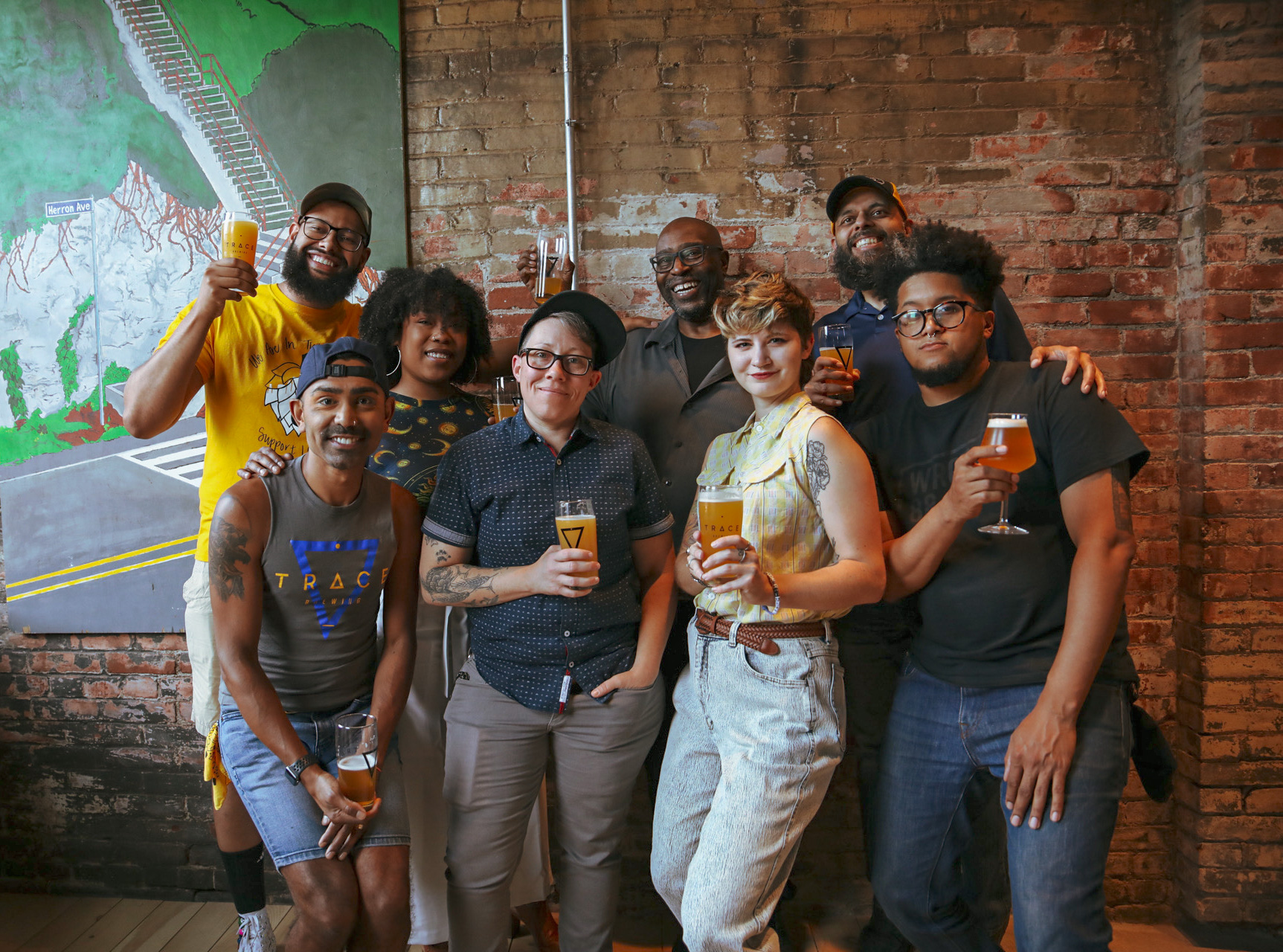
Trace couldn’t be considered if it didn’t make great beer. There’s a well-curated tap list that manages to please all tastes with high-quality executions of your hop-bomb IPAs alongside the likes of a classic German-style Dortmunder, a kellerbier aged in an oak foeder, and a barrel-aged cherry and mulberry grisette. They deftly balance those crowd-pleasing IPAs with the kinds of techniques that beer geeks love, and that actually make beer geeks out of beer-curious imbibers just starting out, like that foeder that fine-tunes the aging process, and a coolship, which allows spontaneous fermentation for wild ales in the Belgian tradition.
But unlike the hype breweries of five years ago, Trace isn’t vying to get these beers on the shelves of a supermarket near you. Because of that aforementioned oversaturation and competition, now may very well be the time for breweries to scrap those regional and national distribution dreams in favor of investing in their immediate surroundings, building local customer relationships, and leaning into the hospitality aspect of running a taproom. And Trace is a brewery for others to look to in this regard.
Dave Kushner opened Trace in the Bloomfield neighborhood of Pittsburgh at the end of 2020 — a challenging time to open any business, let alone one intended to serve as a community gathering place. Aadam Soorma, who handles marketing and guest experience at Trace and is also a minority shareholder, says the team did to-go sales only out of the taproom until the vaccine became available, at which point they slowly scaled up from limited to full capacity. This period turned out to be extra time in addition to the many months Trace’s founding leadership had spent leading up to the brewery’s opening listening to its new neighbors. What did they want from this brewery opening in their theoretical backyard? What kind of space, what kind of vibe, what kind of events? Inclusivity and community were priorities for Trace before the doors ever even officially opened.
Why Is the Domestic Beer Market Failing?
By one major metric, the beer market has declined seven months in a row“There are nearly 10,000 breweries in the US and less than 1% are owned by people of color,” Soorma says. “That’s jarring. Dave is pretty aware of his privilege and his place in the industry. We want to be cognizant of that and of our place in the market.” For that reason, diversity and inclusion are woven into Trace from the staff to the event programming to a vocational program aimed at getting underrepresented people on career tracks in the industry. They even built bathrooms they could later label by which ones contained urinals and which ones contained stalls as opposed to by gender, skirting county policies to have gender-neutral restrooms.
Maintaining a constant relationship with the immediate community makes it tough to allocate the immense resources required to ramp distribution up and set a statewide or regional presence as an objective. Staying local isn’t only an impactful way to do business in 2023, it happens to be a smart way to do business in the current state of the craft beer industry, and Trace’s model is a good one to follow. “I’d be super wary to launch a brewery right now,” Soorma says. “My advice would be to start thinking about neighborhood and culture and community. You could go the route of scaling up through distribution…or you could be an active neighborhood pub. That’s been our vibe.”
Trace has just a handful of partners, local bars they know and like working with, who pick up sixtels right from the brewery. They work with a 10-barrel brewing system, and came in just shy of 1,000 barrels for what they produced this year. Their small operation allows head brewer Zach Colton a nimble ability to be creative with the beer and also continue dialing it in to perfection. It also allows the Trace team to concentrate on what experience they’re creating right within their walls (and sizable outdoor beer garden). Trace is open seven days a week from 8 a.m. in order to feature a notable coffee program helmed by award-winning barista and cofounder of Ghost Coffee Collab Joe Burns. Trace’s events, too, coordinated by general manager Katie Rado, are a core part of the brewery’s DNA.
There’s a monthly Disco Sunday party, a very popular Hip Hop R&B Trap party, a regular drag brunch, and a Sunday event called SoftLife meant to start the week on a good-vibes note with chill hip hop, in addition to latte art competitions, flower crown workshops, poetry readings, book releases, vinyl pop-ups and more.

Trace’s contribution to the neighborhood is easy to see. What’s especially rare is that its contribution to the craft beer industry is, too. Trace hit the ground running with a vocational program, designed to help break down the barriers of entry that typically hinder non-straight white men from embarking on careers in craft beer. It’s an industry built on friends hiring friends, and of brewers learning the trade via the luxury of working unpaid apprenticeships, perpetuating the homogeneity of craft beer that is not only problematic and outdated, but also keeps the market’s audience small and is a missed opportunity for fresh perspectives. The only way to meaningfully improve the industry is to instill equity and diversity from the ground up, and Trace is one of the few breweries leading the way with a program that actively gets people from underrepresented communities learning the ropes and set up on craft beer career paths.
Soorma says the vocational program was always a part of the Trace plan: “Dave knows he looks like every other brewery owner, a straight white dude with a beard. And he said he’d love to change that.” This manifested as a paid six-month program, with one chosen candidate per term. They get educational materials like books, magazines and podcast subscriptions, and brew with Colton. They work 20-to-30 hours per week cellaring, kegging, cleaning, brewing, dry-hopping, canning and more, and are even eligible to then clock into the bar for more hours, not only learning front-of-house work, too, but also adding tips to their income. “It’s really cool because all these job openings at breweries, you have to have at least six months of experience,” Soorma says. “But the only way to get that is if someone gives it to you.” Five people have completed the program so far, and all are in full-time production roles, from Pittsburgh to Philadelphia to Chicago. Trace also helps with networking and securing those jobs, and now, they’re getting to see a Trace family of vocational-program grads do big things in craft beer.
“It speaks volumes that Trace launched the vocational program right after they opened,” says Tyler Perez, a program veteran who now works at Mad Chef Craft Brewing in East Petersburg, Pennsylvania. “They recognized an industry-wide issue. They did their research and opened with a program that would give people a foot in door that otherwise wouldn’t have. They helped lower the barriers to entry and offer continued support. I wouldn’t be where I’m at without them and I’m grateful everyday that I had the chance to experience their vocational program.”
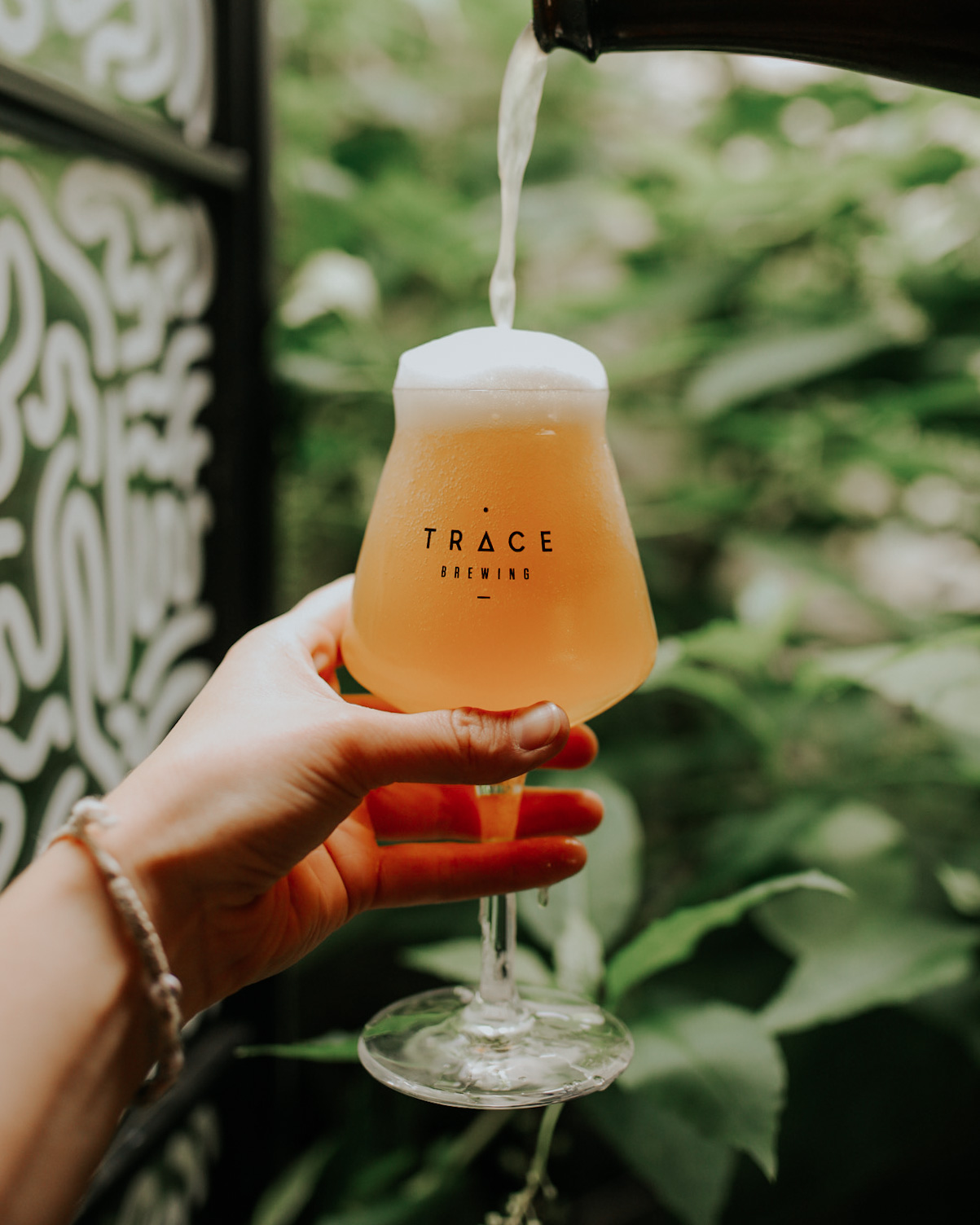
Current vocational brewer Natalie Thurman applied after taking up homebrewing and then, while looking for ways to start learning and working in the industry, heard about the program on a local brewery tour. “The value for me [is] getting a full view of how breweries run their day-to-day operations,” she says. “While my focus continues to be professional brewing, I have more understanding of all staff, from front of house to marketing to back of house, contribute to the success of the brewery. You can’t beat that inside view.”
It’s no small feat that Trace is making such a mark on the craft beer industry at large, while setting an example for quickly becoming a local institution. As communications and public relations manager at VisitPITTSBURGH Alex Soller points out, Pittsburgh has a booming craft beer scene, and has been ranked the best American city for beer drinkers. “This is largely due to the people and community behind the beer,” she explains. “Trace Brewing is a prime example of the approachability Pittsburgh prides itself on, thanks to its unique vocational program and its inclusive, community-focused model.”
In addition to the vocational program, which has inspired other breweries and brewing guilds who have gotten in touch with Trace for help starting their own, Soorma says highlights of 2023 include getting to watch both the beer and coffee programs really take off. Now that brewing has been under way for about three years, those special beers that require big time investments are rolling out, like a wild ale spontaneously fermented in the coolship and then conditioned on Montmorency cherries, and a barrel-aged grisette with cherries and locally foraged mulberries. More of those celebration-worthy beers will be released in 2024, and Trace will have something to celebrate indeed: They’ll be opening a a second location called Echo. Following a path of expanding through relationships with different neighborhoods rather than a huge distribution footprint, Kushner, Soorma and the team have again been in close communication with locals to craft a venue that makes sense for the area. Ghost Coffee Collab will serve its coffee, and Trace beer will be on tap, and a popular local food truck will take up permanent residence. “We want to breathe our brand and culture into the neighborhood, make sure we’re being equitable, and make sure everything makes sense pricing- and product-wise,” Soorma says. It’s a thoughtful approach that has become a signature Trace method, and promises to keep them as a brewery to watch.
Every Thursday, our resident experts see to it that you’re up to date on the latest from the world of drinks. Trend reports, bottle reviews, cocktail recipes and more. Sign up for THE SPILL now.
